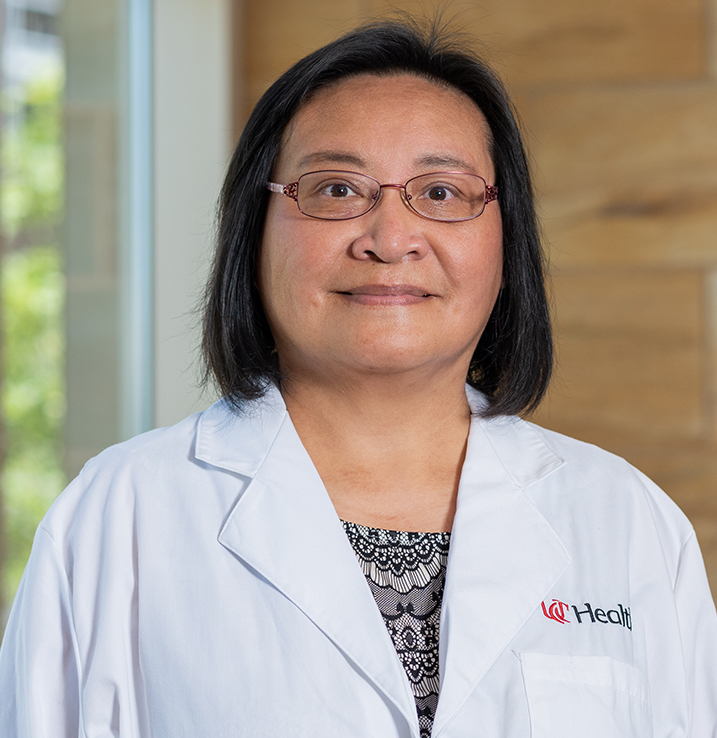Tuberous Sclerosis Complex
Beyond Rapamycin: A Search for Curative Therapies in TSC



Posted October 11, 2023
Jane Yu, University of Cincinnati
 Jane Yu,
Jane Yu, University of Cincinnati
(Photo Provided)
Tuberous sclerosis complex (TSC) is a rare genetic disease that causes benign tumors to grow in many different organs of the body. Although TSC tumors are not cancerous, these tumors can cause problems when the growth is located in vital organs such as the brain, kidney, and lung. Currently, there is no cure for TSC, and treatment is largely devoted to surgical removal of tumors. Sometimes drugs, such as rapamycin, are used to keep tumors from growing. Unfortunately, rapamycin helps to stop tumor growth but does not make the tumors go away, and tumors enlarge further as soon as rapamycin is discontinued. In addition, long-term treatment can lead to side effects, such as diabetes and treatment resistance. In other words, TSC is an incurable lifelong disease, and the current treatments available only stop disease progression. It is imperative to develop new therapeutic approaches that eliminate tumors rather than just block new growth - and to do so without major side effects.
Dr. Jane Yu at the University of Cincinnati received a fiscal year 2018 Tuberous Sclerosis Complex Research Program Exploration - Hypothesis Development Award to develop a remission-inducing therapy for TSC tumors. The main objective is to understand why TSC tumor cells are not destroyed by rapamycin and to discover why cells can become resistant to the blocking effects of rapamycin after
Dr. Yu's team found that inhibition of the mTORC1 induces cell survival via a mitogen-activated protein kinase (MAPK) pathway in TSC. Transcript-level differences are observed in rapamycin refractory tumors relative to that in rapamycin-sensitive tumors. Excitingly, the team observed that combinatorial inhibition of mTORC1 and MAPK induces the death of TSC2-deficient cells. These findings provided strong rationale for dual targeting of mTORC1 and MAPK pathways in TSC and other mTORC1 hyperactive neoplasm. The team recently published these conclusions in the International Journal of Molecular Sciences.
Overall, the availability of a safe and curative drug would greatly expand the number of TSC patients who would benefit from an understanding of the biology of cells treated with rapamycin. By identifying the pathways used by rapamycin and the ones that are activated when rapamycin stops working, new therapies distinct from rapamycin may be discovered that are ever more effective and long-lasting. New pathways could lead to new therapeutics that are truly curative.
Publication:
Yu JJ and Goncharova EA. 2022. mTOR signaling network in cell biology and human disease. International Journal of Molecular Sciences. 23(24):16142. https://doi.org/10.3390/ijms232416142.
Link:
Public and Technical Abstracts: Development of Remission-Inducing Therapy for TSC Tumors
Last updated Wednesday, March 12, 2025














